
Big Change at Best Buy
Working Through Hypergrowth to Sustained Excellence
Recommendation
Elizabeth Gibson and Andy Billings warn readers that this corporate biography is “a book within a book” that tells two stories at once. In the first story, they explain how big-box retailer Best Buy shifted from slow growth and corporate stumbling to great success. For the second narrative, they offer a manual about the change management principles involved in guiding an organization through a substantive transformation. The authors do both well, but ultimately prove better at covering Best Buy in particular than handling change overall. While talking policy, they may generalize, drift into platitudes and exclude the details that brighten their lively examination of Best Buy’s revival. That aside, this solid piece of reporting features numerous, illustrative accounts of corporate change successes and failures. The details of Best Buy’s change process will inspire businesses of any size to attack stagnation. getAbstract recommends this detailed, entertaining dual package to business students, investors, entrepreneurs, Best Buy stakeholders and customers, and any businessperson interested in retail, growth, change and corporate culture.
Summary
About the Authors
Elizabeth Gibson is principal at Elizabeth Gibson Consulting Group. She co-wrote A Practical Guide to Knowledge Acquisition. Andy Billings is VP of Profitable Creativity at Electronic Arts.


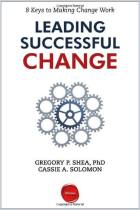

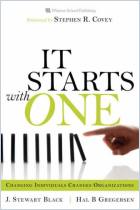
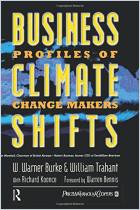
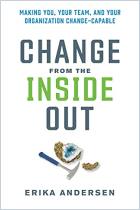
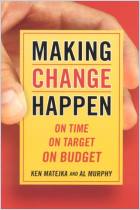


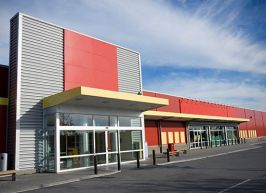



Comment on this summary